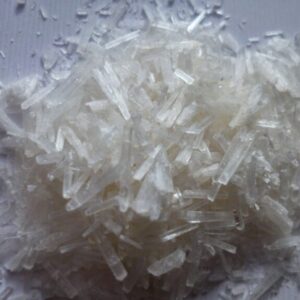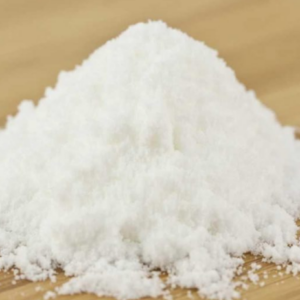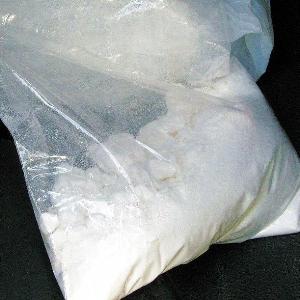4 FA – (4-Fluoroamphetamine)
$800.00 – $5,000.00
Chemical Names: 4-Fluoroamphetamine
Molecular Formula: C9H12FN
Molecular Weight: 153.20 g·mol−1
IUPAC Name:(RS)-1-(4-Fluorophenyl)propan-2-amine
4-FA (4-Fluoroamphetamine), also known as para-fluoroamphetamine, is a synthetic stimulant belonging to the substituted amphetamine class. It shares structural similarities with amphetamine and MDMA, producing both stimulant and mild entactogenic (emotional openness and empathy-inducing) effects. Originally developed for research purposes, 4-FA has gained popularity as a recreational drug due to its euphoric and energizing effects.
When taken, 4-FA increases the levels of neurotransmitters such as dopamine, norepinephrine, and serotonin, which leads to enhanced mood, increased energy, focus, and sociability. Users often compare its effects to a blend of amphetamine and MDMA, offering both stimulation and mild emotional warmth. Typical methods of ingestion include oral consumption or insufflation (snorting).
However, despite its appeal, 4-FA carries significant health risks. Common side effects include headaches, elevated heart rate, anxiety, insomnia, and jaw clenching. In high doses or with repeated use, it can lead to cardiovascular strain, serotonin syndrome, and neurotoxicity, especially due to its strong action on serotonin pathways. Some users report a harsh “comedown,” characterized by fatigue, low mood, and cognitive fog.
Legally, 4-FA is banned or controlled in many countries due to its potential for abuse and lack of approved medical use. In places where it’s not specifically scheduled, it may still fall under analogue laws, making possession or distribution potentially prosecutable.
In summary, 4-FA is a potent stimulant with effects that appeal to recreational users seeking both energy and euphoria. However, its health risks, potential for addiction, and legal status make it a dangerous substance to use without proper knowledge or control. Harm reduction practices, awareness of dosage, and understanding the legal implications are essential for anyone considering experimenting with 4-FA.
| quantity | 100gm, 300gm, 500gm, 1kg |
|---|
Be the first to review “4 FA – (4-Fluoroamphetamine)” Cancel reply
Related products
Research chemical
Research chemical
Research chemical
Research chemical
Research chemical









Reviews
There are no reviews yet.